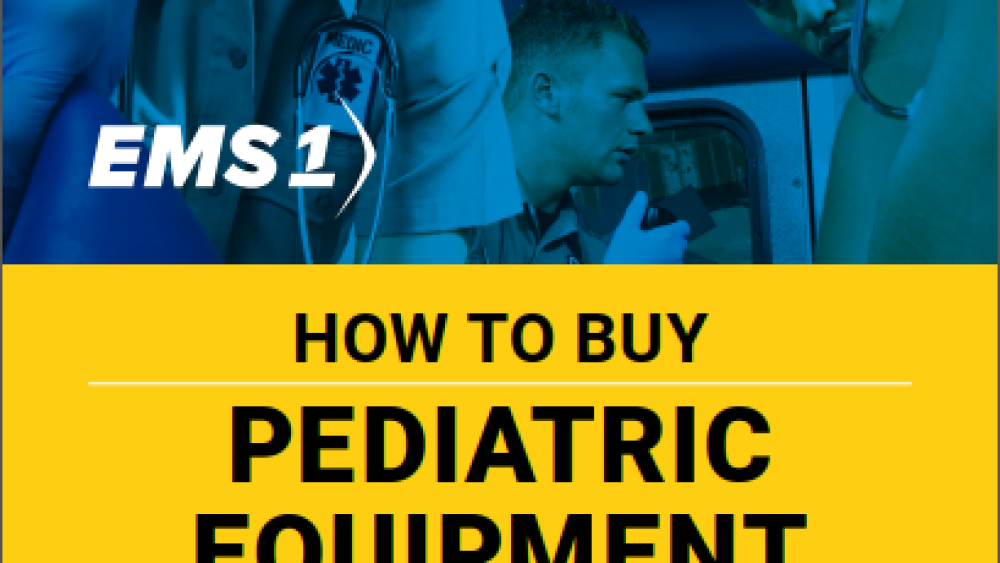Beyond physical equipment sizes and weight-based medications, pediatric patients are not just small adults. Buying equipment to assess and manage pediatric patients fits into a category of its own. Despite the traditionally smaller sizes, stocking pediatric equipment adds up to a significant portion of the equipment within your response bags and ambulance.
Where should you start when purchasing pediatric equipment? What equipment is minimally required versus functionally necessary? Assessment tools, reference guides, airway supplies, and securing devices are all necessary considerations for appropriately triaging, treating, and transporting pediatric patients—big and small.
Finding space to store the equipment, training on their use, and ensuring the proper utilization of pediatric equipment all play into the big picture of caring for this population, which is likely a low-volume of your overall calls but a high-acuity inducer of risks for stress, errors, and safety concerns.
This EMS1 guide to buying pediatric equipment will help you navigate the complexities of purchasing, implementing, and effectively using pediatric-specific tools.
Included in this guide:
- Key considerations before purchasing pediatric equipment, ensuring you understand your agency’s specific needs and the capabilities of different tools.
- Top implementation strategies, helping you integrate pediatric equipment effectively into your operations.
- Essential questions to ask vendors, enabling you to gather all necessary information for informed purchasing decisions.
- A directory of pediatric equipment companies, providing a comprehensive list of reputable suppliers.
Download your free copy of the comprehensive “How to Buy Pediatric Equipment” guide from EMS1 by filling out the form today.



